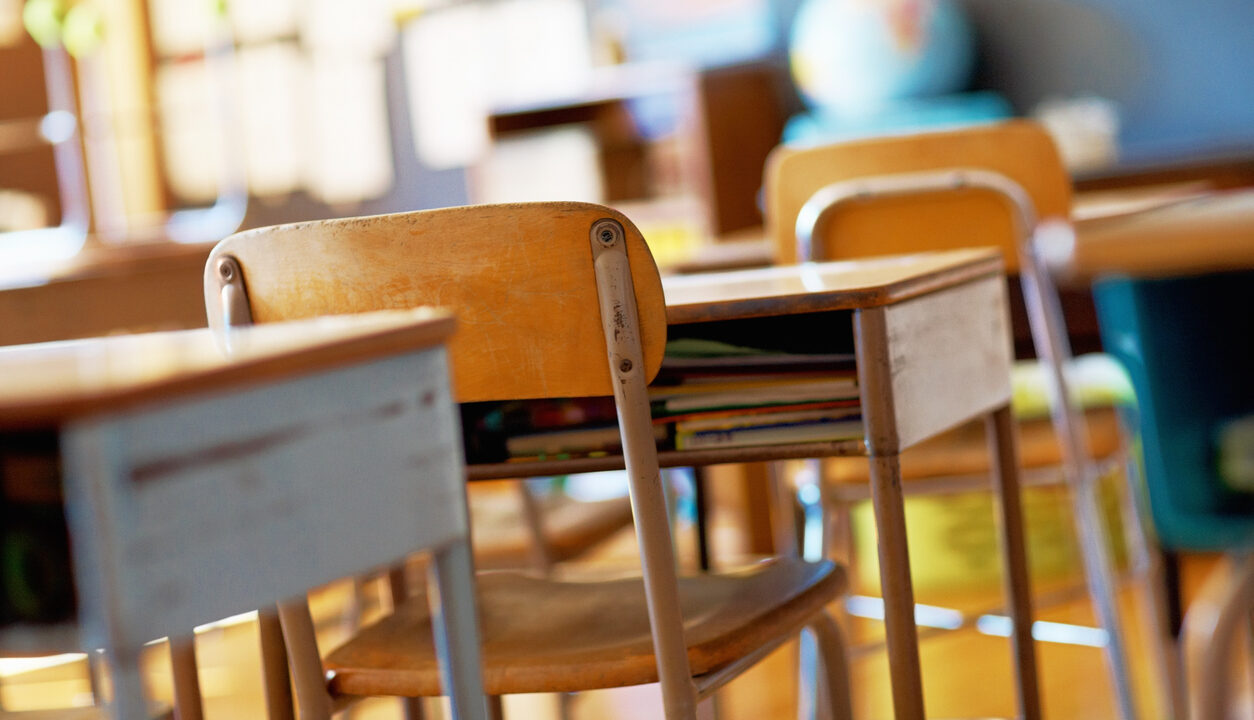Press Release

Another $6 BILLION Increase in Education Spending Is a Recipe for Failure
Harrisburg, Pa., January 10, 2024 — This week, the Basic Education Funding Commission—a bipartisan, 15-member group of lawmakers and administration officials—faces a deadline to release its funding report detailing the commission’s findings for Pennsylvania’s 500 school districts.
Ahead of the report’s release, education special interest groups are pushing hard for more of the same: increasing government spending by at least $6 billion. Based on the proposed increase, a family of four in Pennsylvania can expect to pay about $2,000 more in taxes annually.
While many special interest groups tout this reckless spending proposal as a solution to the Commonwealth Court ruling on the state’s basic education funding formula, the data disagrees.
State spending on public schools has already increased by $5.9 billion since 2014. Meanwhile, total district revenue has grown by $11.9 billion since the funding lawsuit’s launch.
Overall, state financial support for public education has increased 54 percent over the last decade, reaching an all-time high of nearly $15.5 billion in 2023–24. Pennsylvania school districts receive nearly $22,000 in revenue per student overall, among the highest in the nation.
Indeed, the Basic Education Funding Commission’s mandate is not advocating for an amount of spending. By law, its only responsibility is to review the “fair funding formula”—a formula designed for an equitable, student-based distribution.
“The Commission needs to stick to its mandate to talk about how we fund the education of kids, not cave to taxpayer-funded special interest demands for more money,” remarked Nathan Benefield, the senior vice president of the Commonwealth Foundation. “If throwing money at the problem were the solution, Pennsylvania would have solved its education crisis long ago.”
As Benefield testified to the Commission in November, the biggest problem with the current formula is that only a small fraction of funds flow through the fair funding formula. Most of the Basic Education funding is allocated according to “hold harmless”—which is unrelated to student enrollment and prioritizes buildings and school employees over kids.
Benefield testified that improvements to the formula should include phasing out hold harmless, as well as running state funding streams to public schools through the fair funding formula for a more equitable distribution.
Despite the substantial funding injections, student enrollment and performance across Pennsylvania continues to decline. Since 2000, public school enrollment has plummeted by 7.7 percent, equivalent to 139,000 fewer students. The Pennsylvania Department of Education projects another decline of 101,000 students by 2033.
Likewise, student test scores remain below pre-pandemic levels, despite Pennsylvania public schools’ growing financial resources.
“Simply throwing more money at special interest groups who benefit from public school spending, even as enrollment declines, won’t improve educational outcomes,” added Benefield. “Instead, as both the formula and court ruling suggest, we need a student-based approach to funding education.”
The Commonwealth Foundation urges the Basic Education Funding Commission to take a different tack: focus on accountability and educational choice rather than pursuing a failed formula.
Benefield concluded: “Adding another $6 billion will neither improve the quality of education nor enhance accountability in spending, leaving students without opportunities and taxpayers footing more of the bill.”
###
The Commonwealth Foundation turns free-market ideas into public policies, fostering prosperity for all Pennsylvanians.